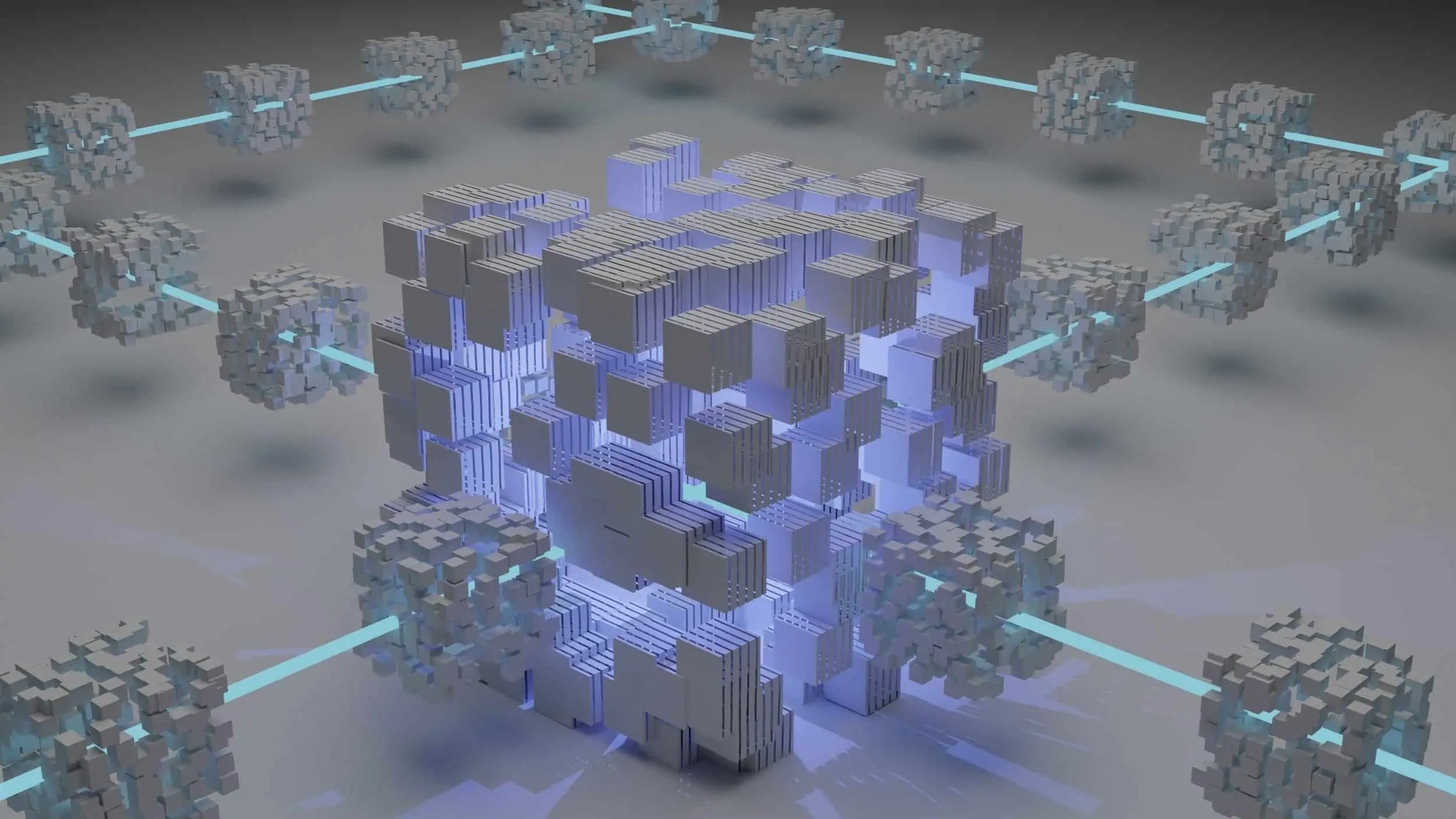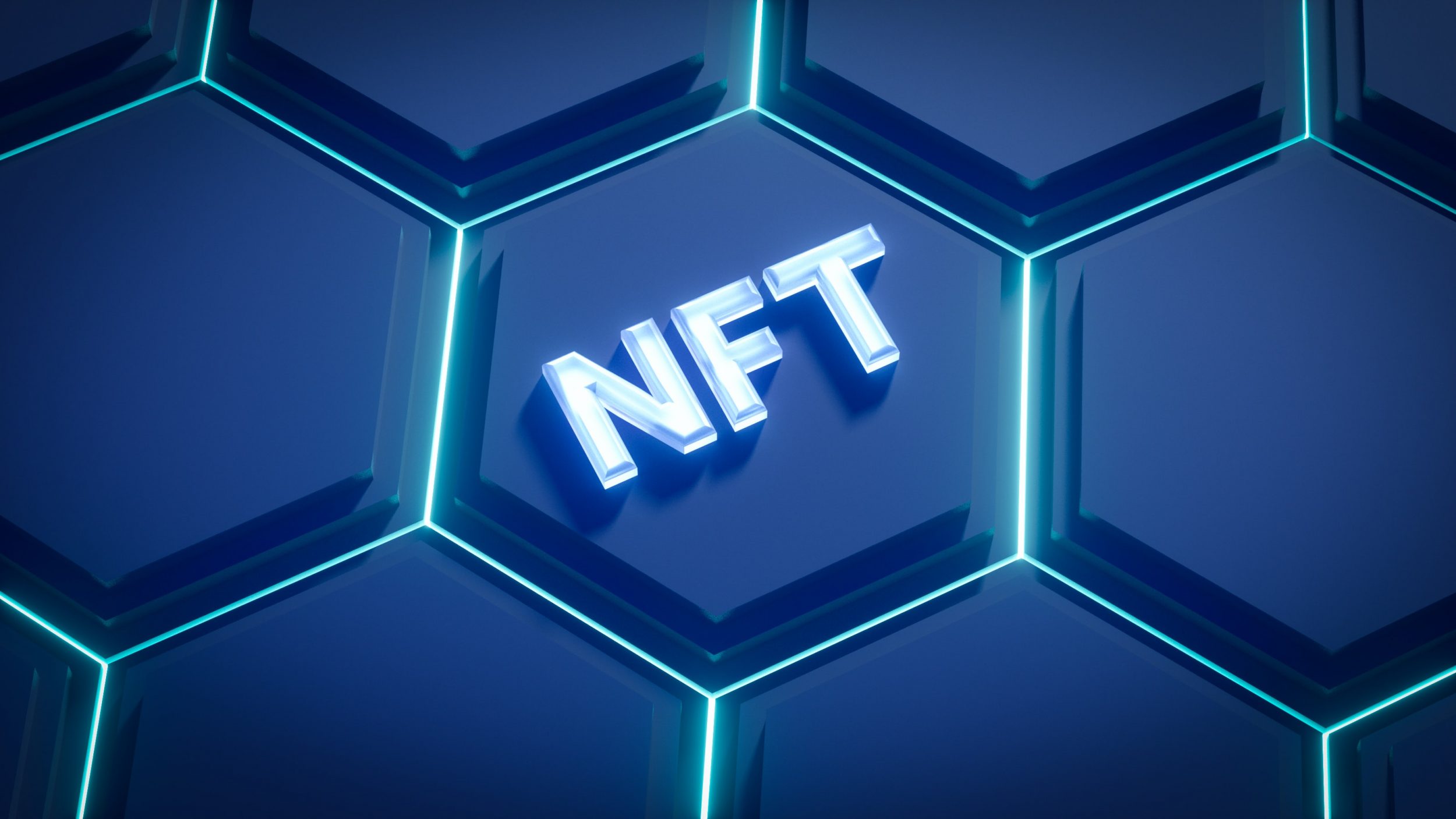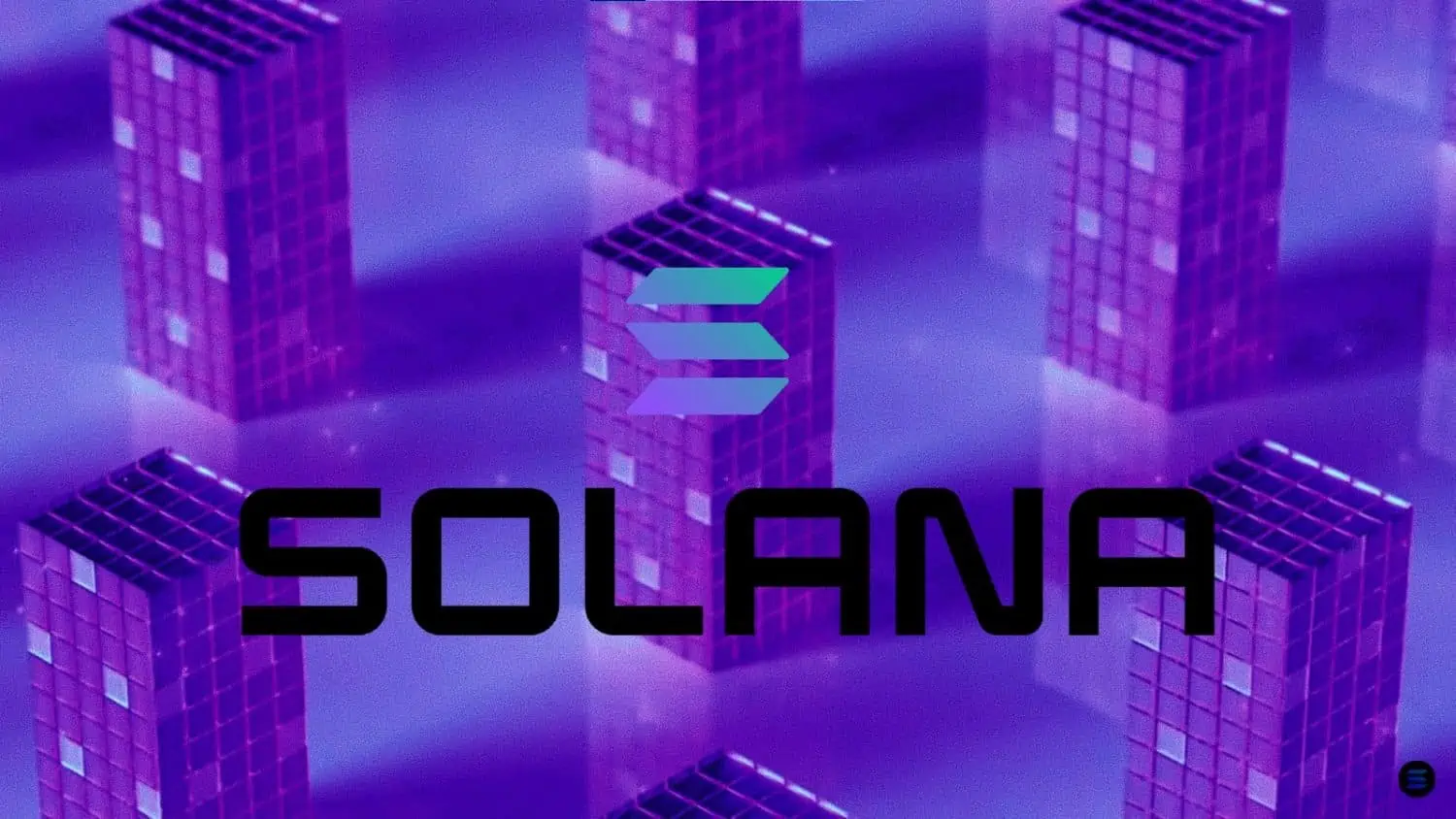Solana is PoS (proof of stake) layer one blockchain. It is a vast and low cost ecosystem. Through the use of composable building blocks it empowers developers to rapidly experiment and deploy apps while never dealing with the additional frictions usually introduced by sharding or fragmented layer 2 systems. It claims to be censorship resistant and very scalable.
So that’s all fine and dandy but let’s take a quick look under the hood to see why Solana is getting so much attention in the crypto scene.
What make Solana great
Several things really. Let’s discuss the most pertinent points and figure out what they mean.
PoS and PoH
Solana’s blockchain runs on a hybrid protocol of proof-of-stake (PoS) and a concept unique to Solana they call proof-of-history (PoH).
So, when a block of transactions are ready and waiting confirmation the proof of stake’s protocol selects a validator node (created by an individuals stake of the coin) based on quantity of Solana held. Leader nodes are selected ahead of time. Each leader is then made responsible for keeping track of the passage of time between each transaction to be validated, known as the proof of history sequence.

Tower Byzantine Fault Tolerance
Tower BFT (byzantine fault tolerance) uses PoH as a cryptographic clock. Why should you care? Well, this sophisticated algorithm allows for consensus with very low cost and at very high speeds.
Gulf Stream
Gulf stream is a transaction forwarding protocol that does away with mempool When a validator received a transaction it forwards it to an upcoming leader. This essentially means it van validate transaction ahead of schedule. Yup, that means much faster transactions. In fact, Solana can support up to 50 000 transactions per second with the use of this protocol. That’s pretty awesome. To put in in context, that is 3 800 times faster than ETH and 10 000 times faster than BTC.
Turbine
Turbine is a block propagation protocol that leverages the fact that Solana’s consensus layer does not rely on peer-to-peer messages by simplifying transmissions to single blockchain nodes. This is achieved by breaking the data in to tiny bits which in turn increases the total capacity to process transaction even faster. Simply put, it enables the SOL blockchain to handle many more transaction at one time at significantly increased speeds.
Pipelining
Pipelining is a technique or procedure used for processing a data sequence in a series of stages with the use of several individual pieces of hardware. It is Solanas transaction validation mechanism that leverages the improvements in CPU design. In simple terms, it dramatically speeds up the verification and duplications across nodes of transactions. Basically even more speed for transactions.
Layer-1 security
Solana is one of very few blockchains that does not rely on any layer-2 solutions. So basically they are not vulnerable to the mass exit problem. The mass exit problem is when all users exit a chain which leads to the entre chain falling flat. So simply put Solana is not at the mercy of another chain, it is responsible for itself.

Conclusion
Solana is fast, scalable and secure. It is no wonder so many services, games, NFT projects and solutions are moving this layer-1 blockchain. It is sure to make many waves in the crypto world moving forward, as it has already. If you so desire please ready the article on Tiny Colony, a play to earn metaverse blockchain game built on the Sol network.
Disclaimer
Please note that I am giving you information as a crypto enthusiast, excited by new developments and competitiveness that helps push development. This should not be taken as financial advice and remember to always (DYOR) do your own research before investing in anything. Read the article on Crypto Slang to further your own knowledge of the terms you may hear during your adventures in crypto.
